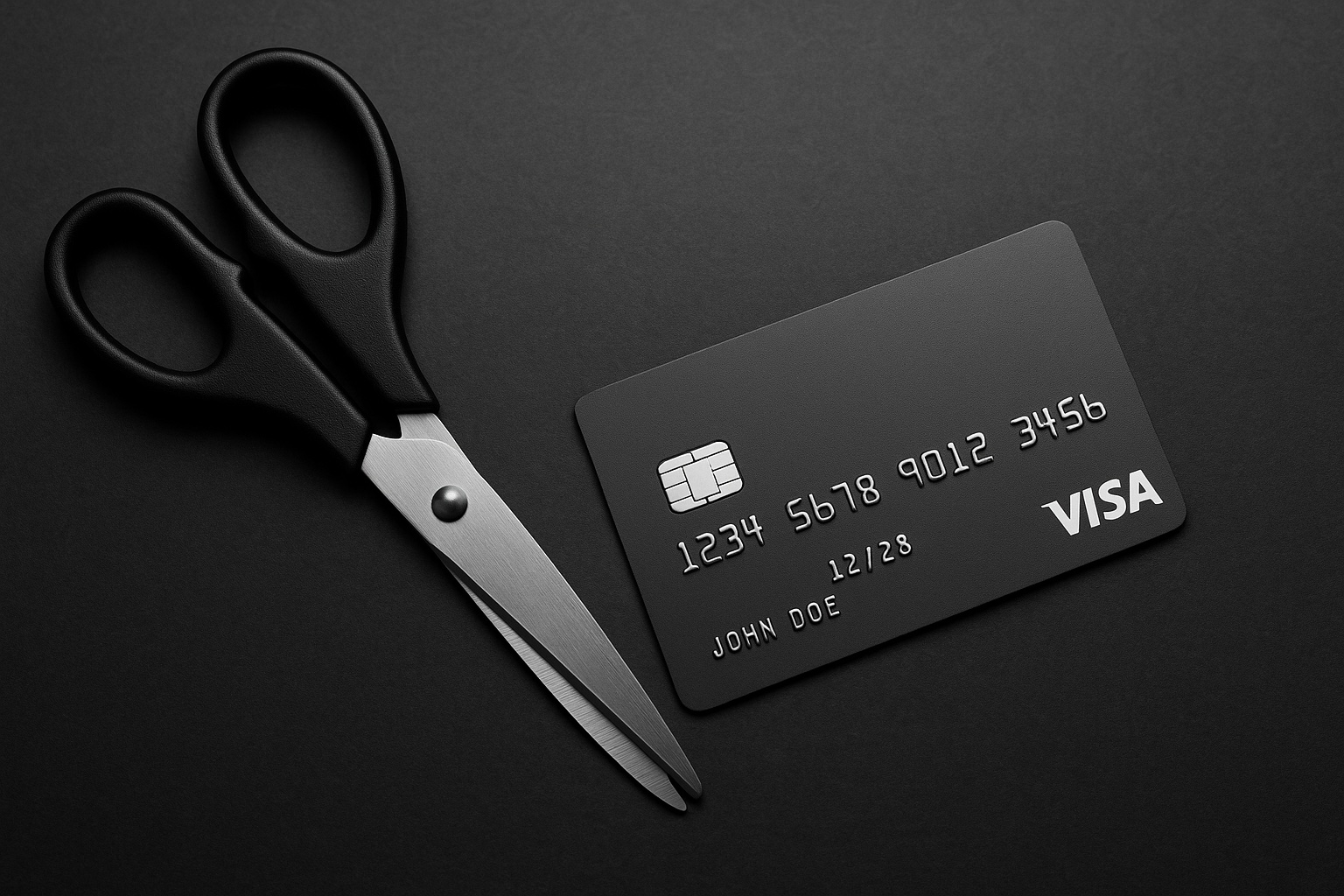
Digital Ownership (Part I) - How everything became a monthly bill
by Kai Ochsen
There was a time when you could buy software and call it yours. You paid once, installed it, and used it for as long as you wanted, maybe even copied it onto a CD as a backup or passed it to a friend. That era is gone. Dead. Replaced by an endless loop of monthly charges, locked features, and forced upgrades you never asked for.
Today, you can’t even download a note-taking app without facing a wall of pricing tiers. “Free,” of course, means “you’re the product.” The real features, offline access, syncing, exporting, are held hostage behind a paywall, usually accompanied by a slick chart comparing what you don’t get with what you still don’t get unless you subscribe to the “Pro+” plan. And the worst part? We’ve come to accept it.
Let’s be honest: the subscription model is not about offering better service. It’s about locking you in. For developers, it's recurring revenue. For platforms like Apple and Google, it's a goldmine, they take a 15–30% cut of every transaction, which means they want developers to push subscriptions hard. A $5 one-time app won’t pay their cut for long. A $5/month app? That’s a cash cow. And so, we’re trapped.
You don’t buy your software anymore, you rent it. Stop paying, and it either stops working or locks you out of your own data. There are image editors you can’t even open unless your subscription is active. Password managers that forget your passwords if you don’t pay. Calendar apps that remind you to “upgrade” just so you can add more than one event. It’s absurd.
Real-world absurdities
One of the most telling examples is Adobe. Photoshop, Illustrator, Premiere, once core tools for creatives, are now available only through Creative Cloud. You can't just buy them. You have to rent them. And if you stop paying? You lose access, even to your own work. They own the keys.
Then there’s Notability, the once-beloved iPad note app that quietly shifted from a one-time purchase to a subscription model. At launch, early users were promised “pay once, use forever.” That promise was later broken. They backtracked after public outrage, but the damage was done: the trust was gone.
Even your car isn't safe. BMW once tried charging a monthly fee for heated seats, hardware that was already installed in the car. You had to pay to “unlock” it. Tesla has followed suit, selling software “upgrades” that can be activated remotely… for a fee, of course.
Apple’s 30% cut on App Store subscriptions plays a major role here. Developers are incentivized to push subscriptions over one-time purchases. Why offer lifetime access for $10 when you can get $2 every month… forever?
Apple, of course, paints this as “supporting developers,” but the reality is more cynical. Their policies restrict sideloading and third-party stores, meaning most users have no choice. The App Store is the mall, and they own the rent.
The death of digital ownership
Let’s face it: we don’t own digital goods anymore. We rent music through Spotify, rent movies through Netflix or Prime, rent books through Kindle Unlimited, rent software through Adobe or Autodesk, even rent fonts through platforms like Adobe Fonts or Monotype.
And worse: the moment a company decides your subscription tier is “deprecated,” you’re forced to upgrade, even if you don’t need anything new. Try downloading an older version? Forget it. Compatibility, access, support, it’s all gone.
We’ve entered a world where paying once makes you a dinosaur. You’re either on the subscription treadmill or off the platform entirely.
What’s the way out?
There’s no easy fix. Some developers still offer one-time licenses, tools like Affinity Photo, Obsidian, or Sublime Text come to mind, but they’re rare exceptions. Supporting these developers is crucial. They’re swimming upstream against a market that demands recurring revenue.
We also need to speak up. Push back. Ask why a meditation timer app needs a subscription. Ask why a calendar app charges monthly. Ask why we’re paying rent for things we used to own.
Because if we don’t? This will be the future of everything. A thousand tiny rents. A thousand small losses of freedom. A life where everything you use comes with a ticking clock and a monthly fee.
And that’s not innovation. That’s exploitation.